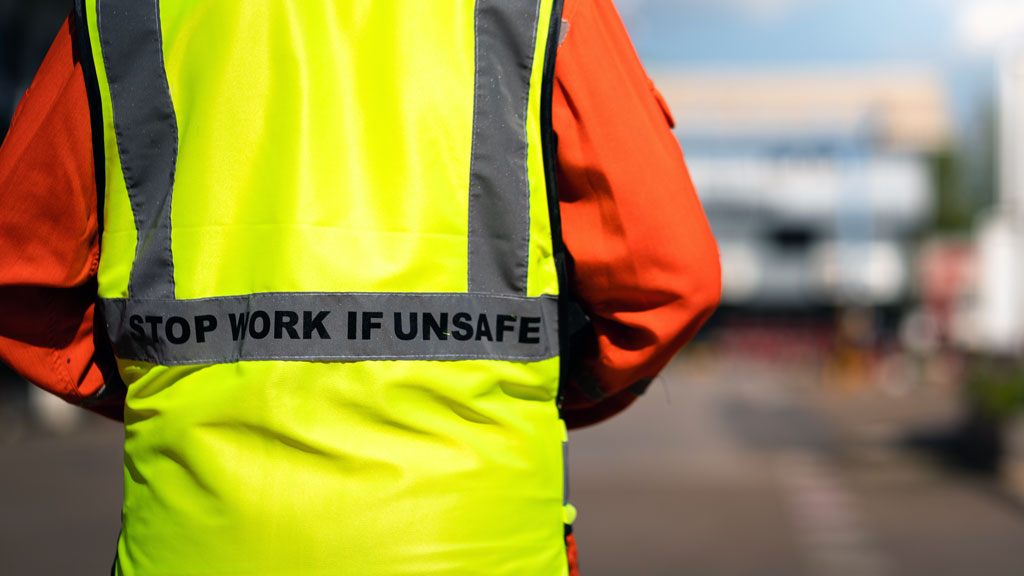A new caveat puts the onus on employers to inform their workers of previous refusals of unsafe work.
WorkSafeBC’s safety regulator recently amended its Occupational Health and Safety Regulation (OHSR) and now requires employers to inform workers of previous work refusals before reassigning a task.
Prior to the amendment the regulation did not specifically prohibit reassignment of refused work and did not require disclosure that another worker had refused the task due to health or safety concerns.
WorkSafeBC director of prevention field services Dan Strand said the impetus to make the change stemmed from a 2019 report by Vancouver lawyer Lisa Helps entitled WorkSafeBC and Government Action Review: Crossing the Rubicon, commissioned in response to two deadly sawmill explosions at Babine Forest Products and Lakeland Mills.
“During interviews, Ms. Helps came across examples of workers expressing concern around safety and basically refusing or expressing their right to refuse. Then what transpired was a supervisor simply offered that task or work up to other workers. By virtue of that process and hearing directly from workers, there was consideration to put more protections around the process from a regulatory standpoint,” Strand said.
Construction is by its nature dynamic and any worksite will have dangers, he added, and it is incumbent upon employers to engage in conversation around both the risks involved and the protections in place to mitigate those risks.
“It’s disturbing to think that there would be situations that employers would force employees to participate in where they weren’t made aware of the hazards, weren’t made aware of safe work practices, weren’t made aware of personal protective equipment. Those are the types of things that we’re saying when that worker stands up for the right to refuse that particular worker activity or use of tool, perhaps it’s not as easy as simply just saying, ‘OK well, off the site and we’re going to go to the next person who then is going to take up that task,’” he said.
The amendment, he said, simply “reinforces the importance of that site wide risk assessment, conversations with workers, training of safe work practices, safe use of tools. There’s no reason why you would ever need to get into one of these situations, frankly, from our perspective.”
When a worker has a concern that remains unaddressed or the employer is resistant, Strand added, their first point of contact should be with their joint committee and their representatives onsite.
“We would like that matter to be resolved on the site through the internal responsibility processes. Should there be a situation where you don’t have a worker representative or you don’t have a joint committee member to bring this to their attention, you certainly can contact WorkSafeBC and we’ll prioritize the response, talk directly to an officer. We can dispatch and wade into that situation on (their) behalf,” he said.
“But what we do like to see and encourage, and it is part of the overall process of right to refuse, is that it’s first dealt with internally within the systems the employer (is) obligated to have within that work setting.”
Clear communication and proper safety practices onsite mean this new amendment will not likely need to be used often, he added.
“A site-wide update and involving the workers in that conversation should mean and will mean, frankly, that you’ll never get to this stage. But to blatantly be blind in examining these things and talking to your workers about safe use, operations and conducting tasks, that way you’re going to run into a problem. That’s just what this is meant to address, and I think it’s the minority,” Stand said.
Follow the author on Twitter @JOCFrey.











Recent Comments